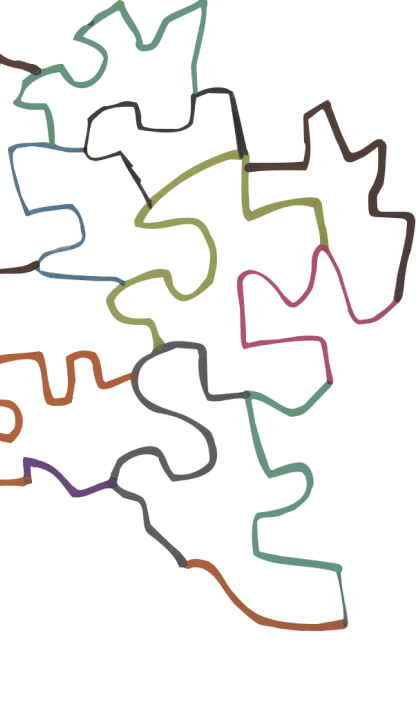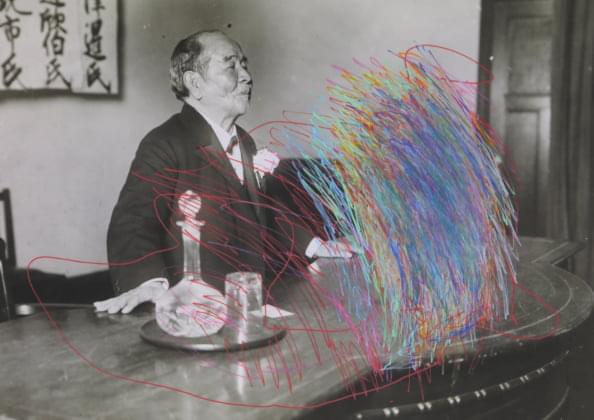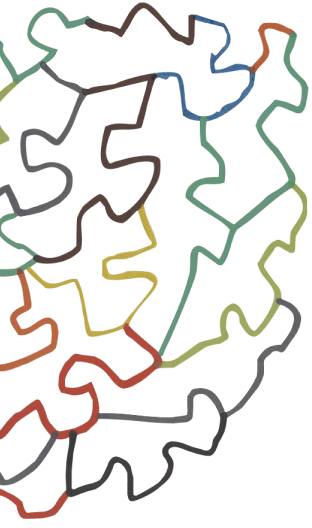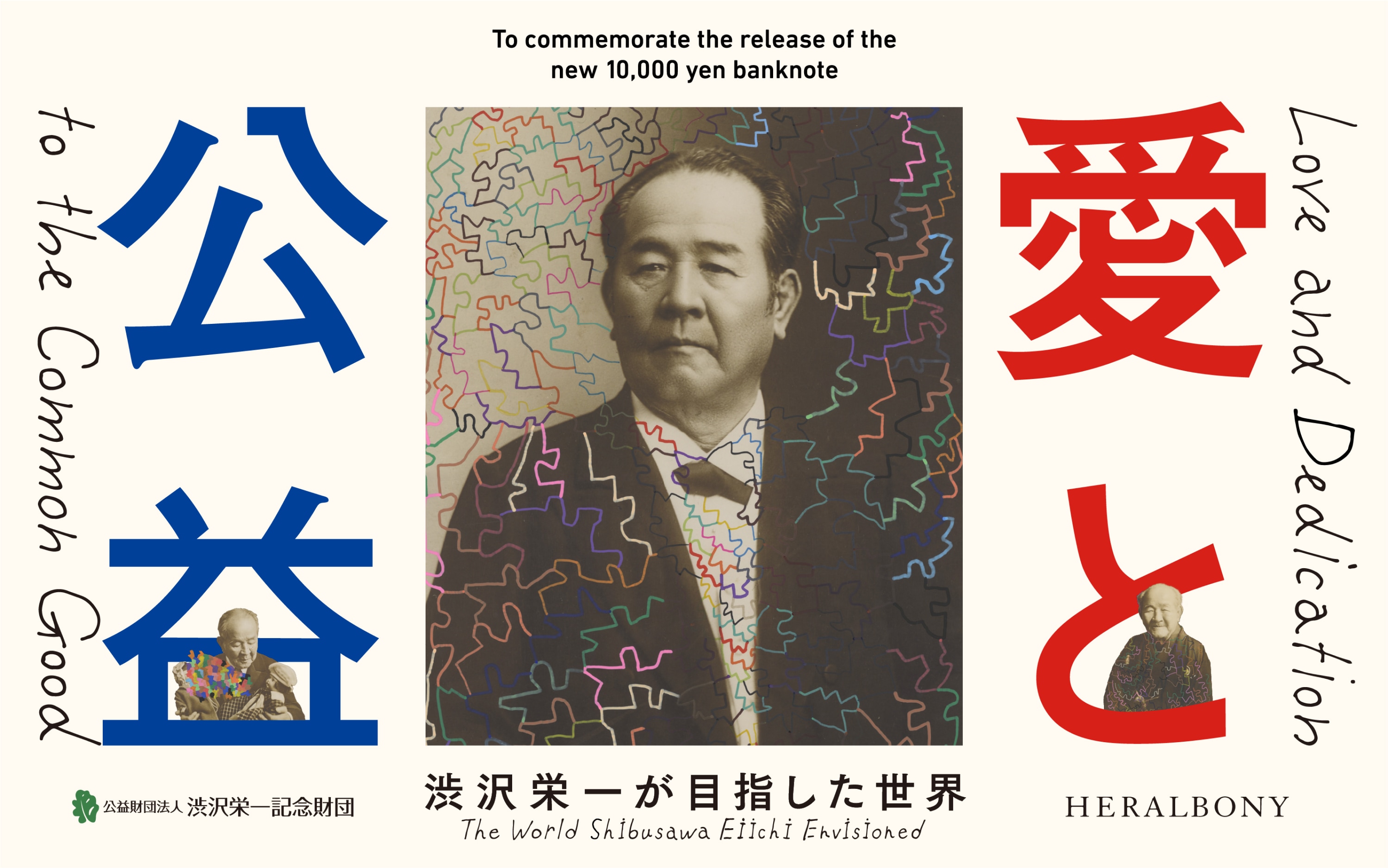
An ART GALLERY where the words of Shibusawa Eiichi and the artworks created by Rikuto Yoshida, an artist with intellectual disabilities, blend together to create a new perspective.
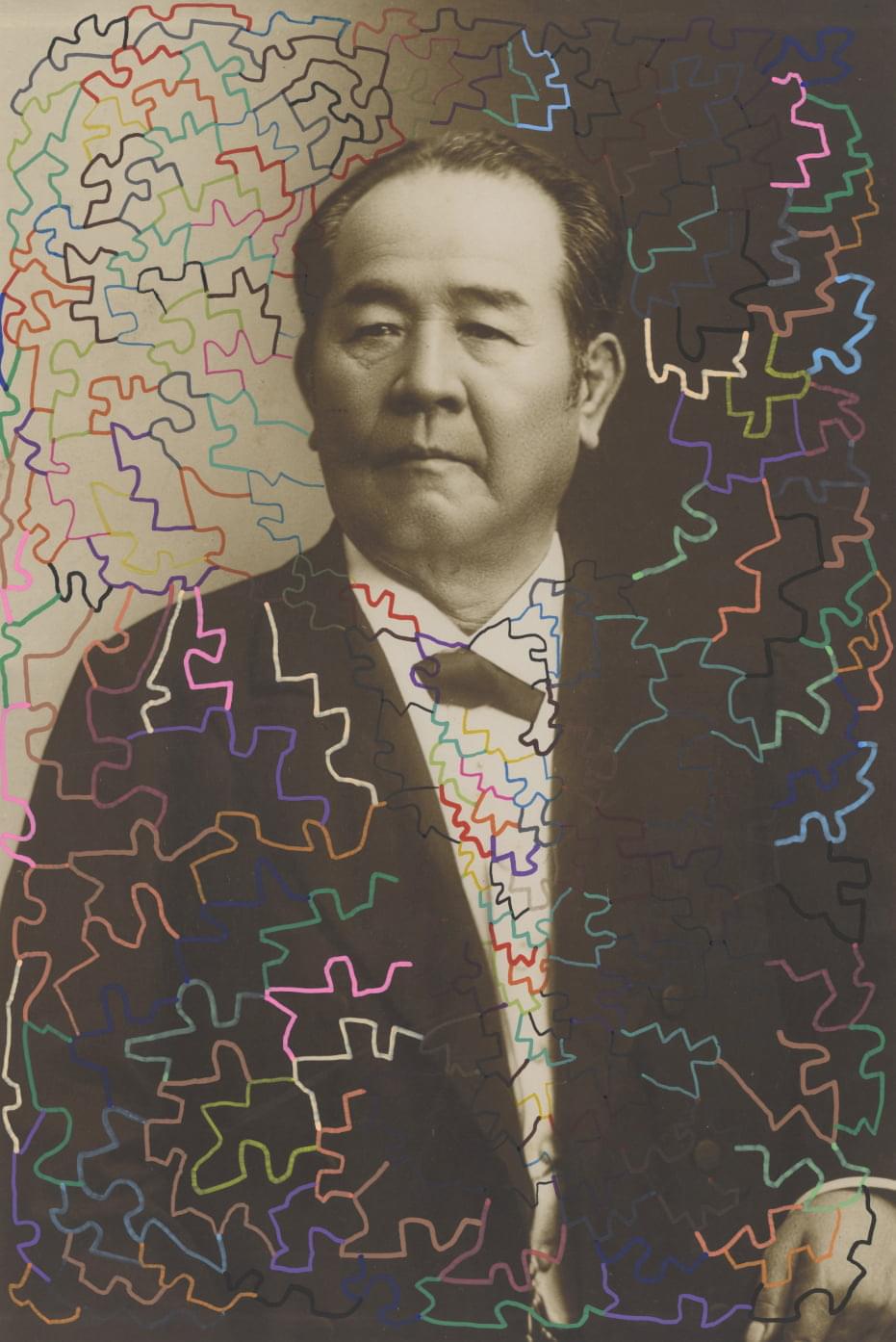
- 「Musing on everybody’s happiness」
- The Analects and
the abacus must be
in agreement.
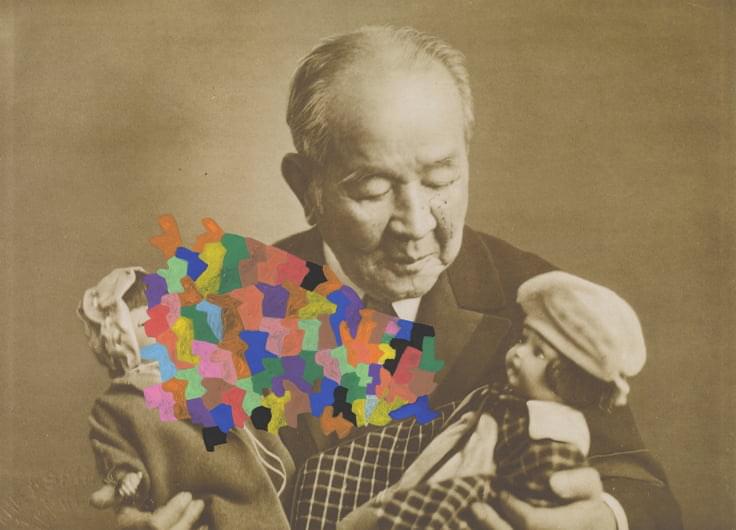
- 「The world is our friend」
- Economic cooperation
can only be achieved
when people care about
each other.
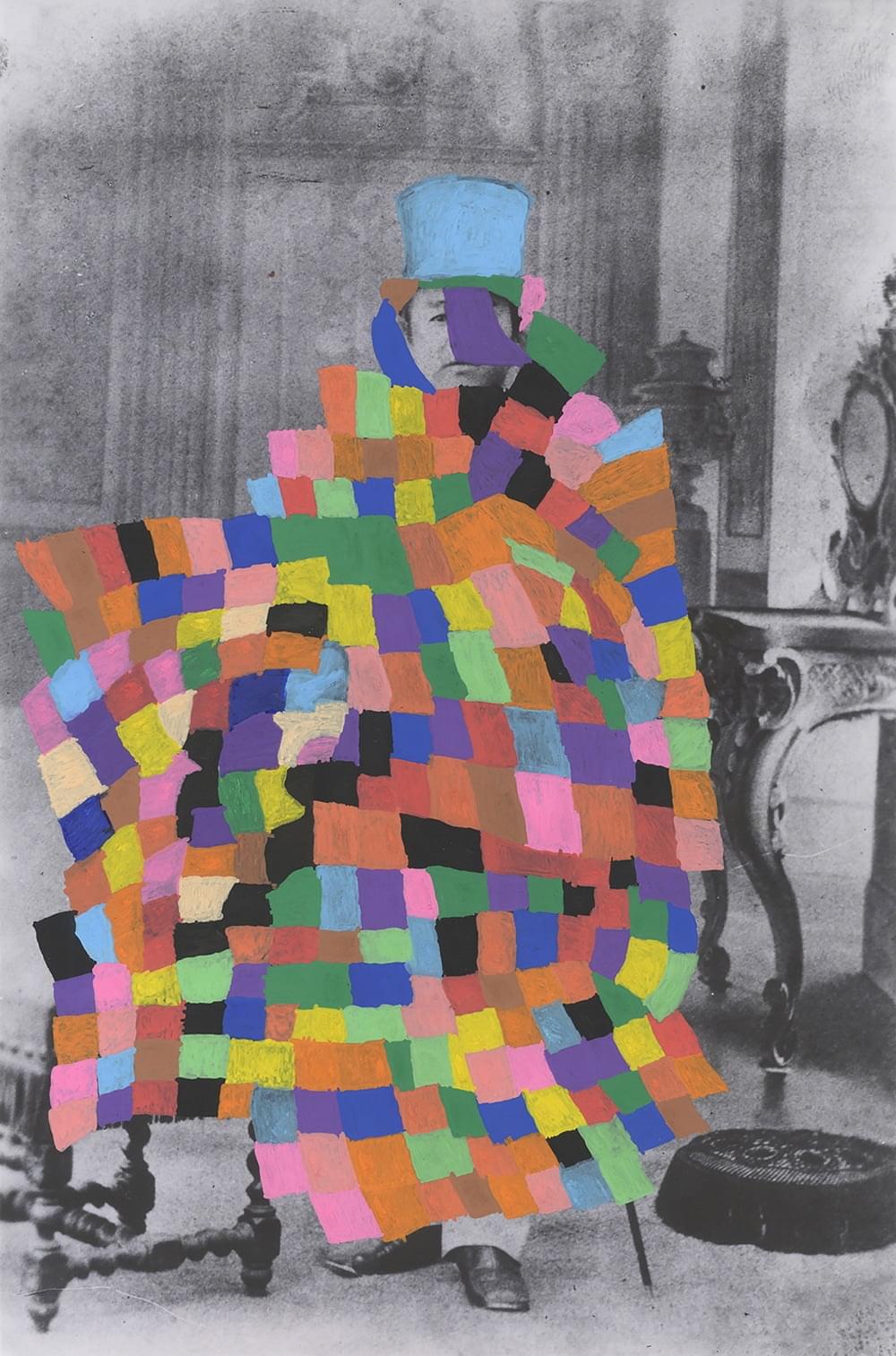
- 「Discover colors you never knew」
- Knowledge is practice,
practice is knowledge.
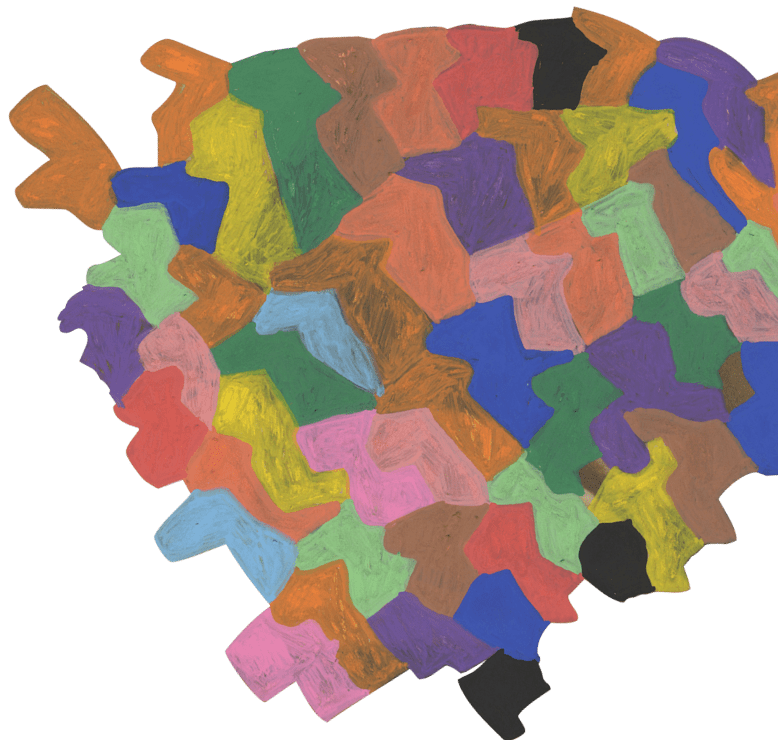
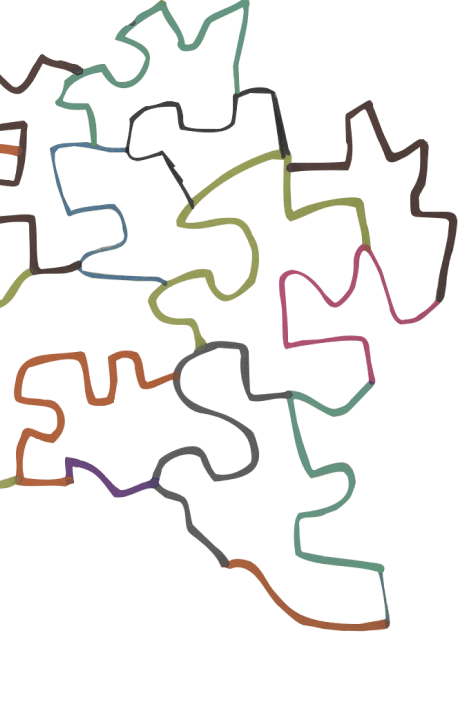
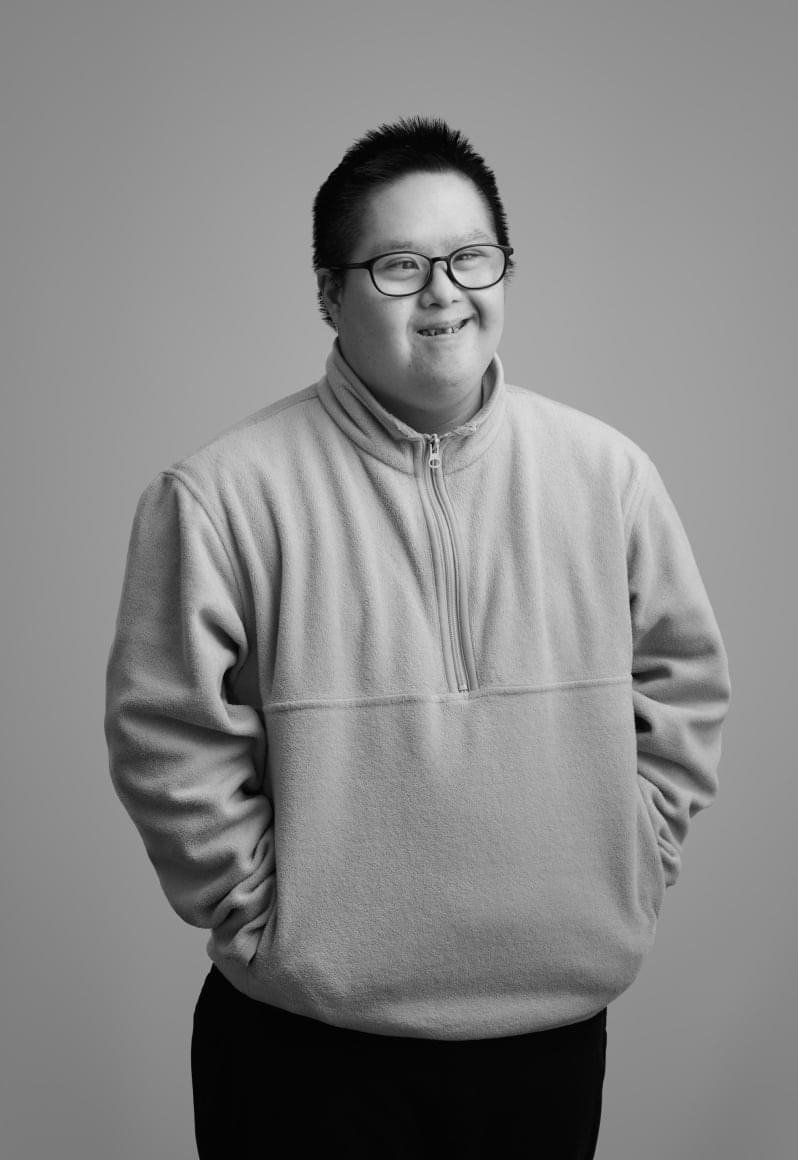
RIKUTO YOSHIDA
Rikuto Yoshida has always had a deep love for art, and is a quiet, dedicated creator who draws inspirations from anything he happens to like or be interested in at the time of creation. His style of work often changes depending on his subjects of interest. He lets his visions run wild, bound by no rules other than one: whether he is enjoying the creative process or not. One day, he idly picked up a fashion magazine that was close at hand. He began doodling on it, letting the pen take its own course. Later, this pen-on-magazines/photographs became his signature style. The lines and patterns that he creates with his unique sensibility and use of color result in a distinctive interpretation of how he perceives this world, delighting any onlookers with expressions that transcend their imagination.

Who is Shibusawa Eiichi
(1840~1931)?
Shibusawa Eiichi was born in 1840 in what is now Fukaya city, Saitama Prefecture.
While helping his family in their agricultural and commercial business, Eiichi studied the Analects and other subjects.
Eiichi was influenced by the doctrine of sonnō jōi (revere the Emperor, expel the barbarians), but through fate he came to know Hitotsubashi Yoshinobu (later Shogun Tokugawa Yoshinobu) and became his retainer.
In 1867, Eiichi was part of a delegation to France led by Tokugawa Akitake, who represented is brother, the Shogun, at the Paris International Exposition. During this time he was exposed to and deeply impressed by European civilization.
Eiichi returned to Japan following the Meiji Restoration and established the Joint Stock Corporation in Shizuoka prefecture. He then worked as a member of the Ministry of Popular Affairs and Ministry of Finance, where he was intimately involved in the development of the new nation.
After resigning from the Ministry of Finance in 1873, Eiichi devoted himself to establishing and developing some 500 companies, including the First National Bank.
He dedicated himself to cultivating businesses that would enrich the nation while upholding the philosophy of “harmony between morality and economy.”
Moreover, he made significant contributions to the development of modern Japanese society through his support of around 600 social and public initiatives, educational endeavors, regional development, and active participation in private-sector diplomacy.

The Shibusawa Eiichi Memorial Foundation, formerly known as Ryumonsha, began in 1886 as a study group by young people who lived, studied, and worked at the Shibusawa residence.
The Foundation seeks to promote Eiichi’s humanity, ideas, and achievements to pursue the common good and a peaceful and moral society.
Following the wishes of Eiichi, the Foundation established a museum in Asukayama, Kita City, Tokyo. In addition to advancing research on Eiichi, developing information resources and promoting their use, the Foundation has been active in widening a network of researchers and others who are interested in Eiichi.
- Shibusawa Eiichi Memorial Foundation
- 2-16-1 Nishigahara, Kita-ku, Tokyo Prefecture, Japan 114-0024
- President: Kouichi Kabayama
- URL:https://www.shibusawa.or.jp/

HERALBONY is a company that unites art and welfare under the mission, “Radiate your color.” With a view to expanding the welfare field, we develop diverse businesses, including a licensing business centered on the management of art data copyrights through licensing agreements mainly with artists with intellectual disabilities in Japan and abroad. Our businesses also include the operation of the art lifestyle brand HERALBONY, which uses artworks in fashion and interior products. Through these businesses, we aim to transform the perception of disability and create a new culture with welfare as its starting point.
- HERALBONY Co., Ltd.
- 2-38 Kaiunbashi-Dori, Morioka City, Iwate Prefecture, Japan 020-0026, @HOMEDELUX Building 4F
- Co-CEO: Takaya Matsuda & Fumito Matsuda
- URL:https://www.heralbony.jp/en/


